Portrait of a lady, a sketch
signed lower right
Oil on canvas transfered on cardboard
25 x 18 cm oval
Framed : 31 x 24.5 cm
This portrait sketch was undoubtedly intended as a finished work by the artist, the best proof of which is that he signed it. We can also believe it because this work is typical of the place he occupied in the history of art of his time and of the way he conceived his work.
Throughout his career, this fascinating painter was at the crossroads of two trends: from his Symbolist beginnings to the art of his maturity, he stuck to a very classical tendency, which we can see particularly in the society portraits for which he was much sought after, and at the same time he developed a completely original modernity in more personal and freer works.
This remarkable small portrait is precisely the synthesis of his two ambitions as an artist. At once very classical in its pose, and very free in its brushstrokes. There is also the mystery created by the blurring of the face, making it a portrait that is not a portrait at all.
What might appear to be contradictions are at the heart of what makes Guirand de Scévola one of the most intriguing and exciting artists of his time. These are the contradictions and the personal quest of a complex and endearing character. This he makes perceptible in this small sketch, which under the appearance of incompleteness shows, on the contrary, all the richness of Guirand's style, and in particular his great talent as a colourist.
Lucien-Victor Guirand de Scévola ( 1871 – 1950) was a French painter.
He was student of Fernand Cormon and Pierre Dupuis at the École des Beaux Arts in Paris.
De Scévola art is remarkable for his silky, velvety and smooth style.
The very first part of his career was marked by symbolism, but he later developped his own language, his Art Deco like bunches of flowers are the best known. He was also a great portraitist for the socialites and aristocrats of the period.
He is also known for his pioneering leadership of the Camoufleurs (the French Camouflage Department) in World War I.



























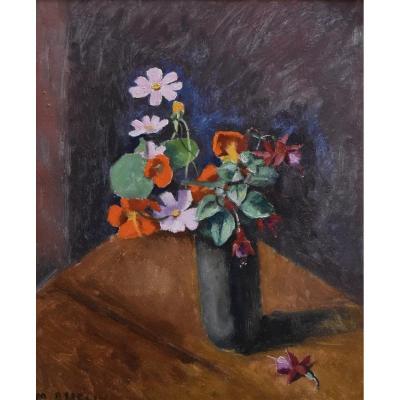
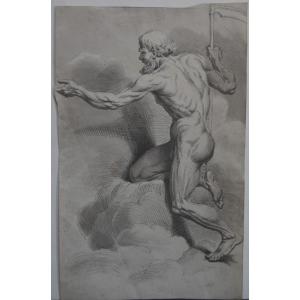



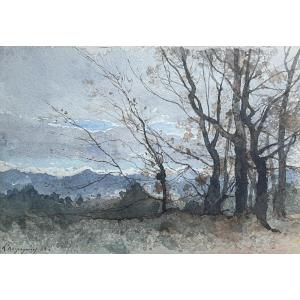
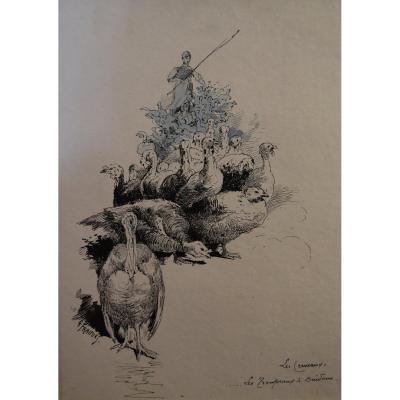





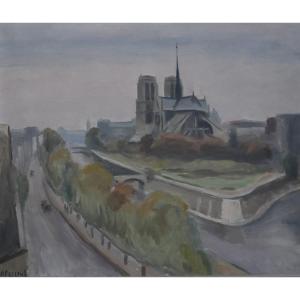


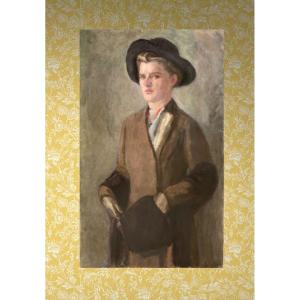

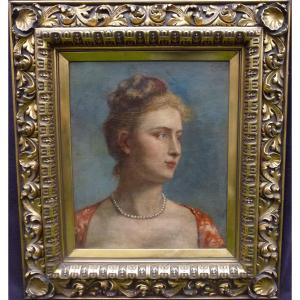



 Le Magazine de PROANTIC
Le Magazine de PROANTIC TRÉSORS Magazine
TRÉSORS Magazine Rivista Artiquariato
Rivista Artiquariato